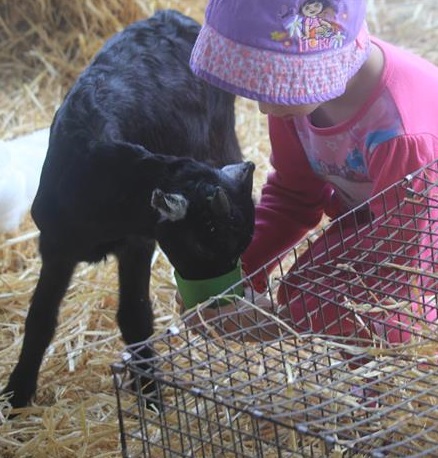
Learn all about Goats
Truths and Myths about Goats
‘Goats smell’. In general, female and neutered male goats do not smell. Entire males, particularly in the breeding season can smell offensive but only to humans. Female goats find the smell very attractive! If a goat smells and it is not breeding time then management issues may be to blame.
‘Goats are dirty’. Goats are actually fastidiously clean! They keep themselves very clean and are not keen on getting wet. Again, if goats are visibly dirty then management issues may be the cause.
‘Goats eat everything’. Goats are very inquisitive creatures and as they don’t have hands, they use their mouths to investigate novel objects. They are actually quite fussy eaters and prefer to browse on trees, shrubs and weeds. They will not eat washing or tin cans and are more than likely investigating a novel object with their mouth rather than attempting to eat it!
‘Goats are destructive’. Goats are naturally a herd animal; they prefer to live with other goats and are generally unhappy if forced to live in solitude. A goat kept on it’s own may well become destructive and try to escape by breaking through fences and gates, but this is only to try and find other members of the herd and it is not just being destructive for the fun of it.